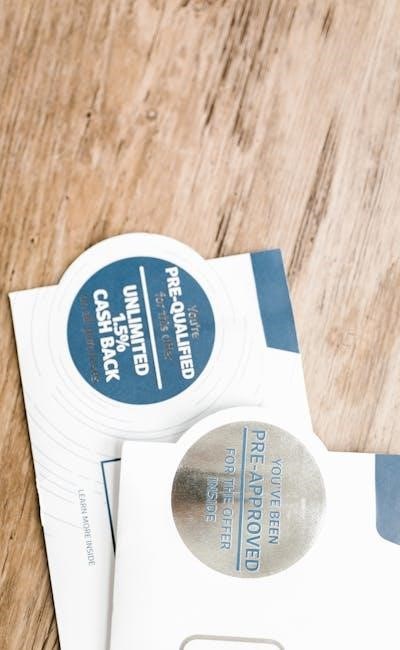
Understanding the Allure & Extreme Risks of «Bulk CC Acquisition»
The perceived benefits of acquiring credit cards in bulk – often touted on the dark web – center around the illusion of rapid profit․ Individuals are lured by the prospect of making bulk purchases, funding illicit transactions, or reselling goods obtained through unauthorized purchases․
This ‘opportunity’ frequently involves exploiting compromised accounts obtained via data breaches or carding schemes․ The appeal lies in the potential to bypass legitimate payment channels and acquire goods or services without immediate financial outlay․ However, this is a deeply flawed and exceptionally dangerous proposition․
The promise of easy money quickly dissolves when confronted with the realities of escalating security risks, the high probability of detection, and the severe legal ramifications․ The entire ecosystem is built on financial fraud and digital theft, offering no sustainable or ethical path to gain․
Furthermore, the quality of stolen data is often questionable, leading to frequent chargebacks and failed transactions․ The cost of maintaining anonymity networks (like proxy servers and VPNs) and dealing with automated fraud detection systems further erodes any potential profit margin․
The False Promise of Profit: Why Bulk Purchases are a Trap
The notion that bulk purchases using illegally obtained credit cards represent a viable business model is a dangerous fallacy․ While the initial appeal centers on acquiring goods for resale or personal use without upfront costs, the reality is a cascade of escalating risks and diminishing returns․ The supposed ‘benefit’ of circumventing legitimate payment systems is quickly overshadowed by the complexities of online fraud․
Firstly, the stolen data itself is often unreliable․ Compromised accounts frequently have depleted credit limits, are already flagged for fraud prevention, or are subject to immediate account takeover attempts by other malicious actors․ This leads to a high failure rate for unauthorized purchases and significant financial losses․
Secondly, the infrastructure required to facilitate such operations – including proxy servers, VPNs, and anonymity networks – is costly and constantly under siege by law enforcement and financial institutions․ Maintaining operational data security is a continuous and expensive battle․ The use of disposable cards or attempting to exploit loyalty programs offers only temporary respite․
Thirdly, even successful transactions are rarely ‘profit’ in the true sense․ The inevitable chargebacks, coupled with potential financial crime penalties and legal repercussions, far outweigh any short-term gains․ The black market for credit card fraud is rife with scams, and buyers are often left holding worthless stolen data․ The entire endeavor is a high-risk, low-reward proposition, ultimately leading to financial ruin and potential imprisonment․
The Dark Underbelly: Where Stolen Data Originates
Stolen data fueling credit card fraud doesn’t materialize from nowhere․ It originates from widespread data breaches impacting financial institutions and retailers․ The dark web serves as a central black market․
Compromised accounts are traded, sold, and resold, often in bulk purchases, to individuals engaged in carding and other forms of financial crime․ Identity theft is a core component of this illicit ecosystem․
Illicit transactions are facilitated through sophisticated networks utilizing proxy servers and anonymity networks, masking the true location and identity of perpetrators․ Mass compromise events are common․
Tracing the Source: From Data Breaches to the Dark Web
The journey of stolen data, ultimately used for bulk purchases via illicitly obtained credit cards, typically begins with a data breach․ These breaches, targeting businesses and financial institutions, expose vast quantities of sensitive information – including credit card numbers, card verification value (CVV) details, and personal identifying information․
Once extracted, this compromised accounts data doesn’t remain contained․ It’s often sold to initial aggregators – cybercriminals who specialize in collecting and packaging data for resale․ These aggregators then offer the data on underground forums and marketplaces accessible through the dark web․ The black market operates with a disturbing efficiency;
Buyers, seeking to engage in online fraud or account takeover, purchase the data in varying quantities, including bulk purchases to maximize potential gains․ The price fluctuates based on the completeness of the data – a full ‘card dump’ (including name, address, BIN, expiry date, and CVV) commands a significantly higher price than just the credit card number․
Sophisticated criminals employ automated fraud techniques, like credential stuffing and bot attacks, to rapidly test and exploit the stolen data․ Disposable cards and other methods are used to obscure the origin of illicit transactions, attempting to evade fraud prevention measures․ Understanding this pathway is crucial for bolstering data security and mitigating security risks․
Protecting Yourself & Avoiding the Trap: Responsible Financial Practices
The Technical Safeguards & Why They’re Increasingly Effective
Despite claims of success, technical safeguards are rapidly diminishing the benefits of buying credit cards in bulk․ AVS, BIN analysis, and CVV verification systems are constantly evolving․
Financial institutions are deploying advanced fraud prevention tools, including machine learning algorithms, to detect and block unauthorized purchases and illicit transactions․
Payment security protocols, like 3D Secure, add an extra layer of authentication, making carding attempts significantly more difficult․ Risk management systems flag suspicious activity, increasing the likelihood of intervention․




This article is a crucial warning for anyone even remotely tempted by the dark web